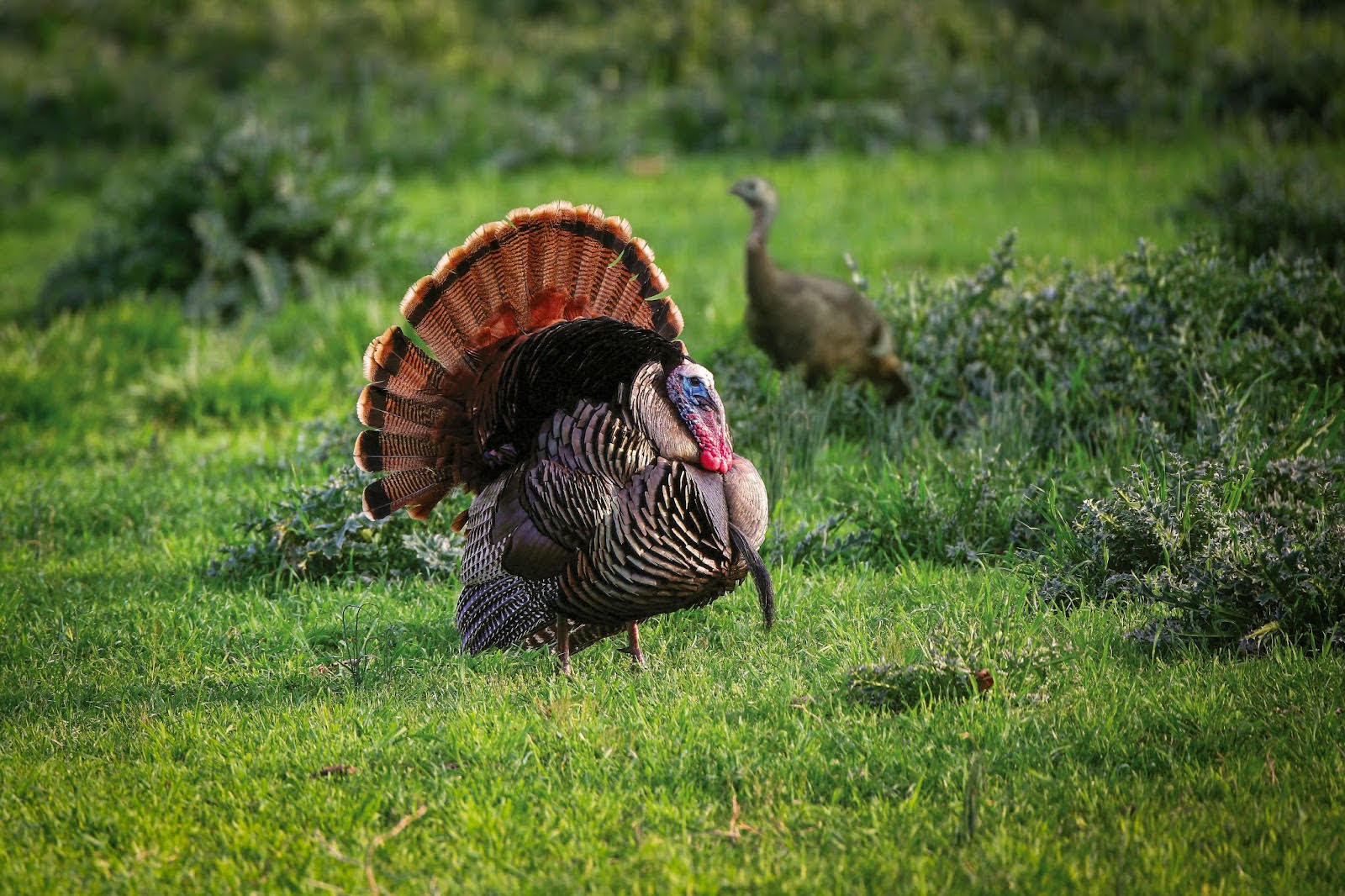Renovation in full swing at Earl Buss Bayou DeView WMA
BY Jim Harris
ON 08-10-2022

Aug. 10, 2022
Jim Harris
Managing Editor Arkansas Wildlife Magazine
WEINER – Greentree reservoirs in Earl Buss Bayou DeView Wildlife Management Area in Poinsett County are getting the full attention of the Arkansas Game and Fish Commission and Ducks Unlimited with major renovation work planned over two phases. Phase One began in early June with heavy machinery bringing in modern infrastructure to be installed in the WMA’s Thompson Tract GTR.
It’s all part of the AGFC’s plan to address aging infrastructure and promote long-term bottomland hardwood forest health around the state. Much public attention has centered on loss of forage-producing red oak trees in Henry Gray Hurricane Lake and George H. Dunklin Jr. Bayou Meto WMAs, but they’re only two of the WMAs in need of help. Earl Buss Bayou DeView is due now for several million dollars in renovation work to halt any more loss of waterfowl habitat and to support long-term, sustainable management.
The work this summer calls for two large (15- and 18-feet wide) electrically powered metal overshot gates that can be operated remotely to replace two outdated 48-inch structures that used a screw gate and aluminum “boards” to retain water. Phase Two, most likely next summer, will add more water-control structures, the rebuilding of levees and the addition of spillways that, in concert with the water control structures going in now, will let spring and summer floodwater flow through the WMA more efficiently.
That is what Buck Jackson, the AGFC’s wetlands program coordinator, sees for all the agency’s GTRs as the agency seeks funding for the work via grants such as those awarded to Ducks Unlimited through the North American Wetlands Conservation Act for the Bayou DeView project. Ducks Unlimited is serving as the contractor and hired a subcontractor for the work underway now. According to Jason Carbaugh, an AGFC biologist in the Jonesboro office, Phase One should be complete in early fall. A rainy spring initially slowed things, but he said the summer’s drought-like conditions have allowed work to proceed fairly swiftly.
The new water control structures are going in at the Thompson Tract, in the middle of the WMA, and the South Oliver greentree reservoir, on the property’s south end.
“Bayou DeView is where we started our GTR assessments,” Jackson, who oversees all the staff planning on GTR renovations, said. “We went through as a group of biologists and looked at it. Bayou Deview is in better health than some of the other GTRs, but it’s also smaller and is in a really flashy system (for flooding). But it’s a pretty short-term flash. A significant rain can be out within a couple of weeks. A flood at Hurricane can hang around for six months.
“We don’t see a lot of tree death at Bayou DeView, but we have a closed canopy. We’ve been working on punching holes in the canopy to create the next generation of red oaks up there. There’s a little pocket of overcup oaks, but most of these two GTRs have a fair bit of red oak component.”
Compared to the other GTRs, particularly where tree stress is obvious, Jackson said the Bayou DeView work will show the public that the investment to repair GTRs will be worth it in the long term. “Phase One is just over one and a half million dollars,” Jackson said. “It’s much less expensive and faster to fix it now to prevent more damage and we can go ahead and show progress to staff and the public.”
The new channel-wide water control structures will allow AGFC staff to reestablish what Jackson terms “sheet flow” in the GTR after rain.
“We have large enough water control structures that will overcome the (rain event) and actually be able to pass the water right out.” The key to all these GTRs, biologists have learned, is the importance of moving water across the woods in the growing season, the spring and summer months, rather than having water stagnating, but to also keep it moving all year. They are now looking more for pulses of water, and staggered artificial flooding, rather than leaving stable water on the landscape. “That’s how the next generation of trees will survive,” Jackson said.
On the ridge near the Thompson Tract is a growth of new red oaks that are surviving, and they should continue to thrive as water management improves, Jackson said. While there has been much discussion about when red oaks actually go dormant and can then withstand long periods water on their roots before suffering stress, Jackson notes that younger seedlings don’t have the root structure or the available starch to go dormant like paternal trees, and need periods of sunlight even in the winter. Water topping out over the seedlings from a large rain event keeps them from expelling gas and can kill them, he said.
Instead, they need conditions such as “sheet flow,” which the new larger structures will allow the staff to mimic. They’ll know when a flood is occurring and can operate the gates to keep the water in the GTR at a desired level, or off the GTR if that’s what’s required.
Carbaugh said, “It’s natural for the area to flood and reflood in the springtime. In the spring of 2021 when duck season closed, I started pulling boards (after two large snowfalls) in February. Bayou DeView flooded and drained five times from March through July. This past spring it flooded (and drained) four times after duck season closed.”
Bayou DeView is channeled in northeast Arkansas, unlike the winding parts of Bayou DeView found near Interstate 40 near Brinkley. The bayou’s periodic flooding can cover nearby roadways by up to a foot. But Jackson and Carbaugh understand that spring floods are going to happen.
“These new structures that we’re putting in, as well as renovating levees and putting in large spillways, will allow those natural floods in the springtime to flow through these WMAs at a much more efficient rate,” Carbaugh said.
Recent News
Subscribe to Our Weekly Newsletter E-mails
Don’t miss another issue. Sign up now to receive the AGFC Wildlife Weekly Newsletter in your mailbox every Wednesday afternoon (Waterfowl Reports are published weekly during waterfowl season and periodically outside the season). Fishing Reports arrive on Thursdays. Fill in the following fields and hit submit. Thanks, and welcome!


